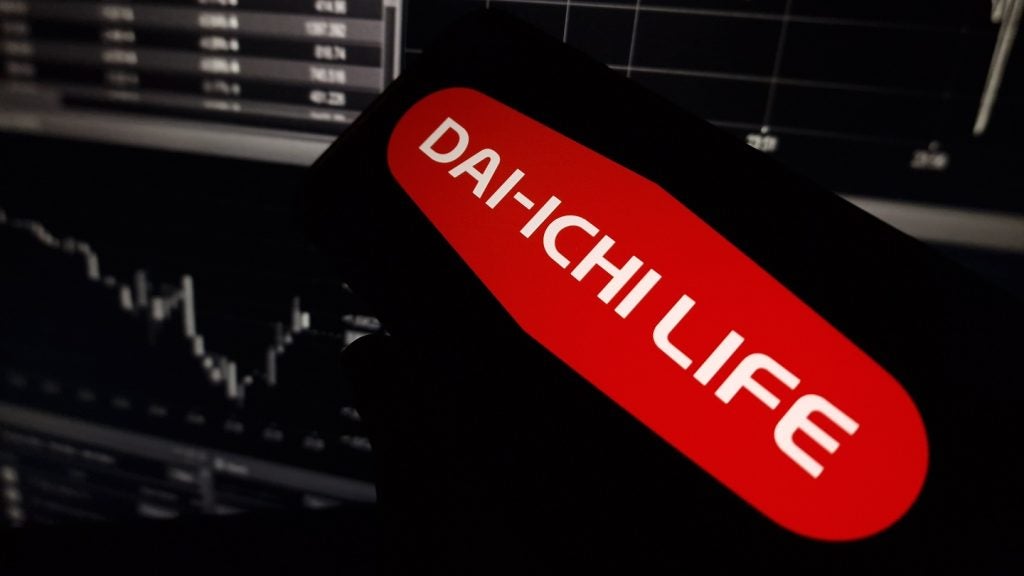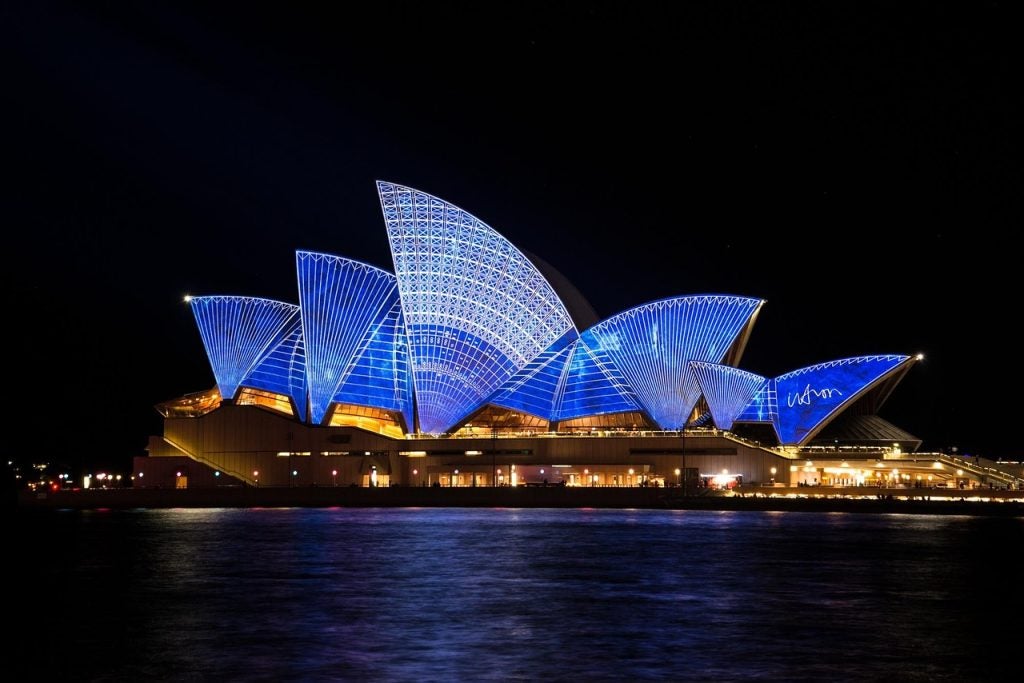Industry Attractiveness
Denmark has one of the highest insurance densities in the world. Penetration stood at 9.81% in 2012, higher than other countries in Europe such as Spain (5.33%), Portugal (6.16%), Germany (6.82%) and France (9.56%). The industry is regulated by the Danish Financial Supervisory Authority (DFSA). Third-party motor insurance, workers’ compensation, nuclear power station, hunters’ liability, fire insurance, dog- and horse-owners’ third-party liability, third-party aircraft liability and mortgaged property insurance are compulsory. On average, a Danish citizen spends more than DKK28,964 (US$5,000) on insurance products annually.
In 2012, the Danish insurance industry’s profit was higher than in 2011, primarily as a result of high returns on stocks and bonds, and relatively few claims in 2012 compared to 2011. The overall gross written premium registered moderate growth, whereas the replacement cost decreased significantly, which improved the industry’s technical results. The industry’s loss ratio declined, indicating that its claims ratio is low.
In terms of written premium, the Danish insurance industry declined by 2.8% in 2009, due to the global financial crisis. However, it grew by 5.5% in 2010, due to growth in the life insurance segment, which grew by 8.6% in 2009. The written premium increased from DKK158.5 billion (US$31.1 billion) in 2008 to DKK178.2 billion (US$30.8 billion) in 2012, at a CAGR of 3.0%. The insurance industry is a major contributor to the country’s economy, accounting for 9.81% of Denmark’s GDP in 2012. Gradual economic improvements resulted in an increased investor confidence, which also influenced growth in the overall insurance industry.
Life insurance dominates the Danish insurance industry, accounting for 72.7% of the industry in terms of gross written premium in 2012, followed by non-life insurance with 21.5% and personal accident and health insurance with 5.9%. Growth in group superannuation and unit-linked products were key drivers of growth in the life segment between 2008 and 2012.
The Danish life segment recorded a CAGR of 3.7% as a result of an increasing demand for group superannuation and unit-linked products. Improvements in employment, income levels and an increase in life expectancy are expected to support the segment over the coming years. Unit-linked products are expected to register the highest CAGR of 12.9% among all life insurance products up to 2017. Changes in Danish consumers’ risk-bearing capacity led to life and group superannuation insurance companies launching products that were more transparent, instead of traditional insurance products.
For unit-linked products, investments are largely in equities at the inception of the contract, but the amount of fixed-interest investment increases until close to maturity, when bonds make up the total. The gradual recovery of the economy is expected to increase consumer disposable income. In addition, the implementation of Solvency II will increase consumer confidence as life insurance companies will be implementing risk-management measures. These factors are expected to increase the demand for life insurance in the coming years.
The Danish non-life insurance segment grew marginally from DKK38.13 billion (US$7.48 billion) in 2008 to DKK38.28 billion (US$6.61 billion) in 2012, at a CAGR of 0.1%. This was primarily driven by recovery in house prices. Property insurance accounted for 53.0% of the non-life segment’s gross written premium in 2012, followed by motor insurance with 32.7% and general third-party insurance with 12.1%. Compulsory categories such as fire insurance for buildings and motor third-party liability insurance have supported the growth of the non-life segment.
Segment Outlook
The Danish life insurance segment is mainly supported by group superannuation and unit-linked products. Insurers generally market life insurance as a savings instrument, and Danish consumers’ propensity for risk has led life and group superannuation insurers to launch more transparent, rather than traditional, products. Demand for life products makes it the leading segment in the insurance industry, accounting for 72.7% of the overall industry in 2012. The Danish life segment’s growth is expected to continue to be supported by group superannuation and unit-linked products, with improving economic conditions driving demand.
Life expectancy in Denmark rose from 78.45 years in 2008 to 78.94 years in 2012, and is expected to increase further up to 2017. Most people in Denmark live more than 75 years: of the total deaths in Denmark in 2012, 88% were people aged over 60 years, and 49% were people aged over 80. The population aged over 100 years reached 1,009 in January 2013 (843 women and 166 men), up from 158 (40 men and 118 women) in 1980. These factors are expected to have a major influence on the overall growth of Danish life insurance. Life insurance penetration in Denmark stood at 7.1% in 2012 indicating that a large number of Danish households have life insurance. The Danish life segment is highly concentrated, with the 10 leading life insurers accounting for around 90% of the segment’s gross written premium in 2012.
Denmark’s rapidly growing aging population is expected to play a key role in the growth of life insurance. The Danish life segment grew from DKK111.8 billion (US$21.9 billion) in 2008 to DKK129.5 billion (US$22.4 billion) in 2012 at a CAGR of 3.7%. In the individual categories, key life products include individual life, group superannuation and unit-linked insurance, whereas the group category covers only group life insurance and group superannuation products. Group Superannuation products accounted for 84.2% of the segment in 2012, mainly due to the country’s aging population, and are expected to lead the life segment, with 84.8% of its gross written premium forecasted by 2017.
In terms of premium per capita, Danish life insurance increased from DKK20,606.7 (US$4,042.01) in 2008 to DKK23,857.9( US$4,118.54) in 2012,one of the highest rates in the region. Underwriting profits have grown, with the combined ratio falling from 87.5% in 2011 to 86.8% in 2012.
The Danish life segment is regulated by the Danish Financial Supervisory Authority (DFSA), which also regulates the non-life and personal accident and health segments. The implementation of Solvency II is expected to bring more stability to the life segment, which is expected to grow from DKK129.5 billion (US$22.4 billion) in 2012 to DKK158.0 billion (US$27.7 billion) in 2017, at a CAGR of 4.1%.
Distribution Channels
How well do you really know your competitors?
Access the most comprehensive Company Profiles on the market, powered by GlobalData. Save hours of research. Gain competitive edge.

Thank you!
Your download email will arrive shortly
Not ready to buy yet? Download a free sample
We are confident about the unique quality of our Company Profiles. However, we want you to make the most beneficial decision for your business, so we offer a free sample that you can download by submitting the below form
By GlobalDataThe Danish insurance industry’s distribution network predominantly comprises direct marketing, agencies, e-commerce, bancassurance, and other distribution channels. Other channels, which include independent intermediaries, led the Danish insurance distribution network with a market share of 35.4% in terms of written premium in 2012. Other channels in Denmark also include distribution through retail stores and shopping malls.
Direct marketing accounted for the second-largest share with 32.3%of the new business written premium in 2012. Although a ban on commission for distributing insurance generally discourages channels such as agencies, brokers and e-commerce, insurance agencies accounted for the third-largest share of the new business written premium in 2012 in Denmark. However, the shares of direct marketing and agencies declined between 2008 and 2012.
In the life segment, direct marketing accounted for 37.5% of the new business written premium in 2012, followed by bancassurance with 29.8%. In the non-life and personal accident and health segments, other distribution channels accounted 39.5% of the new business written premium, followed by direct marketing with 31.6%.
The Danish life segment’s distribution network is predominantly made up of direct marketing, bancassurance, agencies and e-commerce. Direct marketing is the leading distribution channel in the segment, followed by bancassurance and agencies. Direct marketing increased its share between 2008 and 2012, from 37.3% in 2008 to 37.5% in 2012, whereas there was a decline in bancassurance’s share from 30.2% in 2008 to 29.8% in 2012. The cost-effectiveness of direct marketing made it a preferred channel for insurers, whereas banks’ large customer bases made bancassurance the second preferred channel for insurers, ensuring the wide availability of life insurance in Denmark.
Life insurance is the leading segment in Danish insurance industry, with the Danish population’s tendency to save, rising consumer disposable incomes, and GDP growth expected to support the growth of distribution channels.
Bancassurance is the second-largest distribution channel in Denmark in terms of distributing new life policies in the country, largely due to banks’ wide networks and strong social credibility. The banks’ large consumer bases and increased cross selling are also expected to support the growth of bancassurance in Denmark. The market share of bancassurance in terms of new business written premium fell marginally from 30.2% in 2008 to 29.8% in 2012, largely due to growth in direct marketing and e-commerce. This trend is expected to continue as bancassurance’s share is expected to fall to 28.9% in 2017.
Insurance agencies accounted for the third-largest distribution channel, followed by e-commerce. Both channels increased their shares between 2008 and 2012, a trend which is expected to continue. In 2008, agencies accounted for 13.1% of the new business written premium, which increased to 13.8% in 2012, and is expected to increase further to reach 14.4% in 2017. This is expected to affect the shares of bancassurance and insurance brokers, which are expected to fall over the coming years.
Porter’s Five Forces Analysis
Bargaining power of suppliers: Medium
The bargaining power of suppliers in the Danish life segment is medium. Capital providers such as banks and financial institutions are the main suppliers to life insurers in the country, and the presence of several banks provides numerous capital options to insurers. Domestic insurers’ low capital bases make them dependent on financial institutions, and in a highly concentrated life market smaller companies are constantly looking to expand and increase market share, making them more dependent on capital providers, which in turn increases supplier bargaining power. The introduction of Solvency II will also increase supplier bargaining power as insurers will be dependent on capital providers to meet new requirements. However, foreign insurers operating in Denmark are having large capital base, which makes them less dependent on suppliers, which increases their bargaining power.
Bargaining power of buyers: Medium-to-high
Buyers’ bargaining power in the Danish life segment is medium to high. Danish consumers’ high propensity for risk encourages them to invest in life insurance, leading insurers to offer life products at competitive prices to meet consumer expectation. This reduces supplier bargaining power. Individual buyers tend to have less bargaining power than institutional buyers of group life insurance, who can bargain over cost and product features. In a highly concentrated market, smaller life insurers use promotional offers to attract consumer attention.
Barriers to entry: Medium
The barriers for any company to enter the Danish life insurance segment are medium. The highly concentrated Danish life insurance segment prevents new entrants from achieving economies of scale. Moreover, in such a concentrated segment, it is also very difficult for a new entrant to access the distribution network. The introduction of Solvency II is expected to increase the minimum capital requirement for insurers, but the absence of stringent regulations on the entry of insurers into the life segment reduces the entry barriers. As a result, the entry level barrier can be termed as medium.
Intensity of rivalry: High
The intensity of rivalry in the life segment is high. The segment has a mix of large and medium-sized life insurers, which creates a highly competitive environment. The segment also includes both foreign and domestic companies, adding to the competition. Danish consumers’ propensity for risk has encouraged insurers to develop new products and gain market share. The life segment is highly concentrated, with the top 10 companies accounting for around 90% of the segment, and smaller insurers have to compete fiercely to gain market share.
Threat of substitutions: Low
The threat of substitution for life insurance products in Denmark is low. There is no direct substitute for life categories such as group superannuation and individual life.







